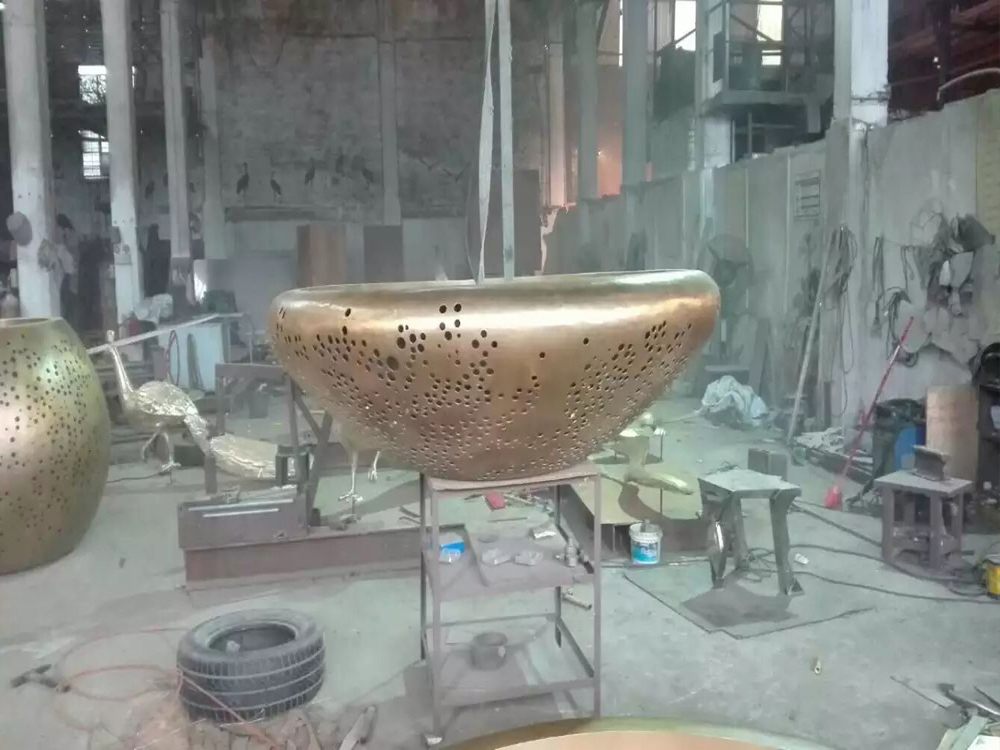
Wood carvers masterfully employ texture to transform simple pieces of timber into captivating works of art. By varying surface finishes—from smooth, polished areas to deeply grooved or rough-hewn sections—they create striking contrasts that draw the eye and invite touch. Techniques like chip carving, relief carving, and sandblasting allow artists to manipulate light and shadow, enhancing depth and dimensionality.
The interplay of textures also adds narrative to a piece. A smoothly carved animal’s face might contrast with a fur-like textured mane, suggesting softness and movement. Similarly, combining coarse bark-like edges with delicate floral patterns can evoke a sense of natural harmony.
Tools such as gouges, chisels, and even wire brushes help achieve these effects, while finishes like stains or waxes further emphasize texture. Ultimately, it’s this intentional variation that breathes life into wood, turning craftsmanship into storytelling.

